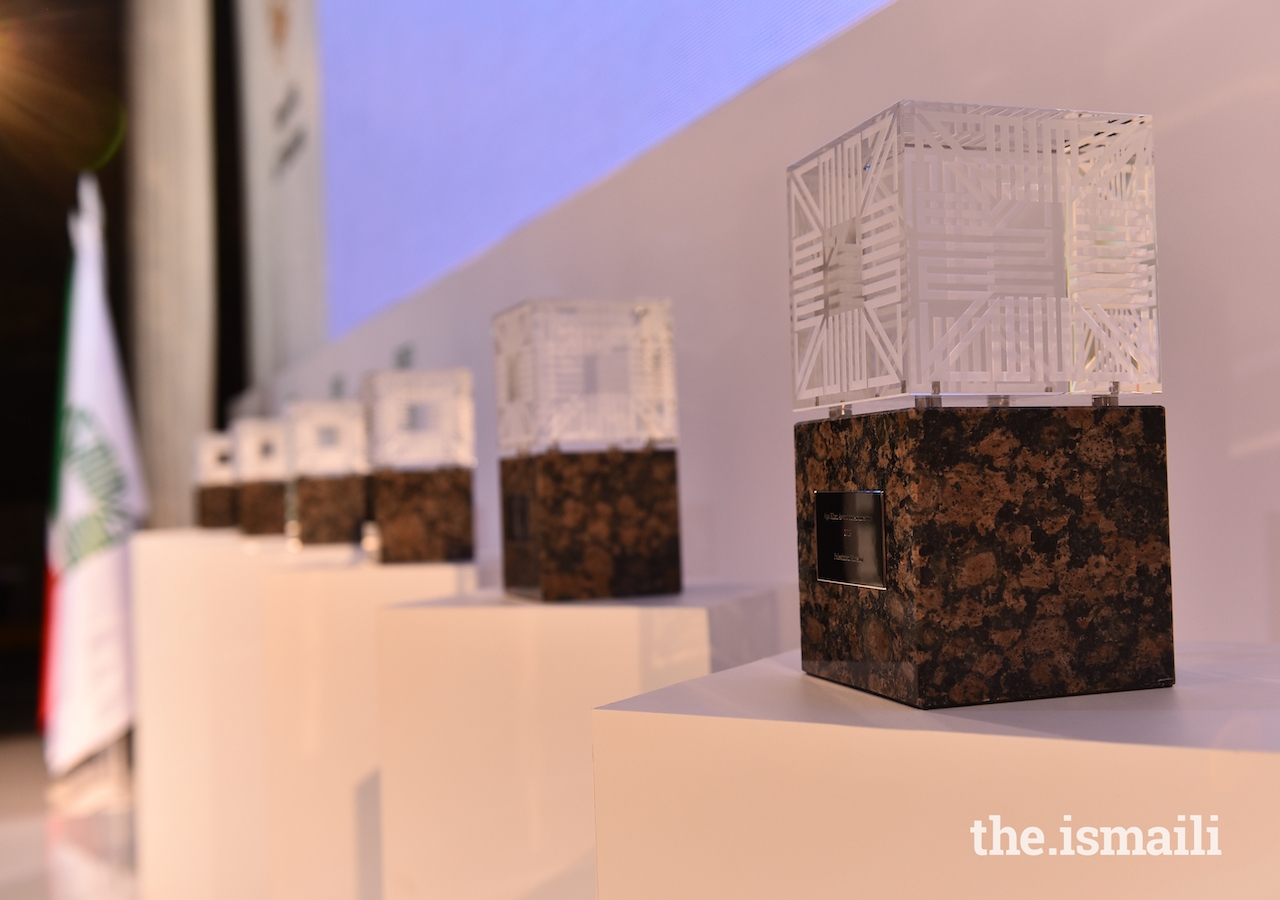The Aga Khan Award is of course one of the most prestigious and unique of its kind. But for me as an architect, it is even more significant because of its purpose and meaning. Architecture is not just about aesthetic buildings and functional projects. It is about people. As Mawlana Hazar Imam has expressed many times, it is about contributing to improving the quality of life of people.
To me, the Aga Khan Award for Architecture is so much greater than the award ceremony itself. The ceremony is the culmination of countless hours of dialogue, debate, sharing of ideas, hard work, and the creativity of countless people from different backgrounds and professions across the world. Each cycle of the award advances our awareness, knowledge and understanding of how the built environment can contribute to the quality of life of people and how architecture can contribute to tackling the many increasingly complex societal challenges we face.
According to Professor Karim Dharamsi of Mount Royal University, “Architecture, its perceptible form and content representing a sign of the intelligible, goes beyond the mere use of space… Architecture, long extolled for its transcendental character, is here a cousin to theology, philosophy, mathematics, literature, music, and art.”
kazan_arrival_3.jpg

With all these thoughts on the significance of the event in mind, here I am, an architect from Calgary, Canada, finally arriving in Kazan on September 11, 2019. The first thing I notice at Kazan International Airport is the Award logo! It is proudly displayed at the airport for all to see. My delight is even greater when I notice the award flags on street posts on the way to the centre of the city.
And what a beautiful, vibrant city it is. It is a place where many cultural and religious traditions have co-existed and enriched one another for centuries; a place where public spaces have been carefully designed for people to come together, learn, play and enjoy themselves; a place where mosques and cathedrals stand side by side; a place where the past still resonates and inspires us to reflect on beauty, tradition, the present and the future. Kazan is becoming a magnet for tourists who come to discover and explore its rich cultural heritage, a vibrant mix of Russian and Oriental culture. It is indeed fitting that it was chosen as the venue for the ceremony.
The wider region of Tatarstan is also a great example of pluralism; Bolgar, a historic city near Kazan, has been an Islamic religious centre for nearly 1100 years, showcasing the plurality of communities of interpretation and authority. The winning project in Tatarstan is a fine example of what can be achieved architecturally for a better quality of life with minimal budgets alongside extensive public consultation and participation.
akbar_hakim-9t3a4288-2_wm.jpg

The ceremony took place at the Musa Jalil Tatar Academic State Opera and Ballet Theatre. The venue was magnificent. The music evoked the grandeur of the moment. I could feel it was a solemn, moving moment for all recipients. To receive such prestigious recognition for one’s work, and for creating spaces that are at once in harmony with nature, respectful of the environment, and attentive to the needs of citizens, is no small honour.
I would encourage everyone interested to watch the short films featuring each winning project, and also encourage you to look out for the Award book to be published, as well as the publication Architecture in Dialogue, edited by Andres Lepik.
I am grateful for this experience and for the opportunity of meeting so many incredibly gifted and inspirational colleagues and friends. We shared an incredible moment, a short but vivid time of wonder, intellectual stimulation, and of privilege in witnessing a grand vision in action.
——
Farhad Mortezaee is a Registered Architect and works at FarMor Architecture. He holds a Master’s Degree in Architecture and a Graduate Diploma in Advanced Architectural Studies. Farhad graduated from The Institute of Ismaili Studies’ Graduate Programme in Islamic Studies and Humanities (GPISH) in 2005.









